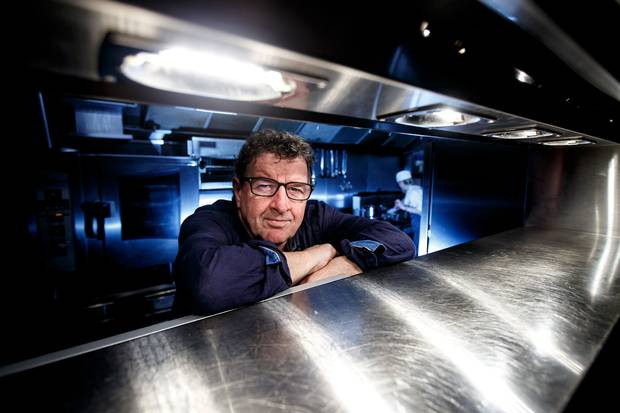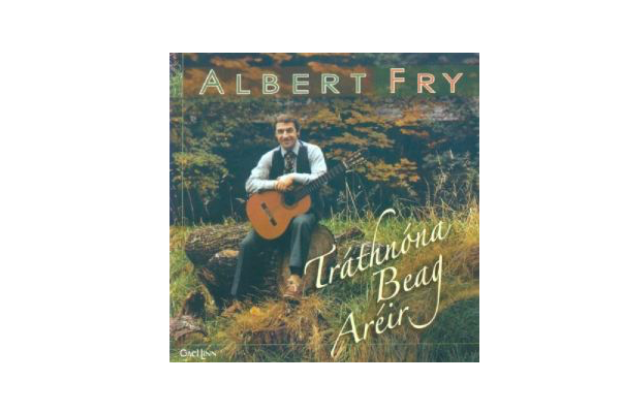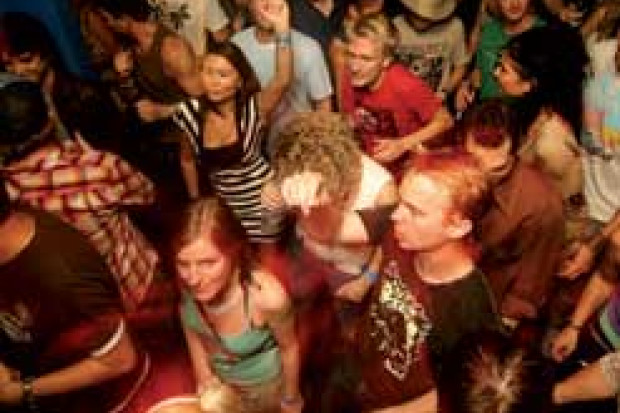Letters: Traditional Music in a Music Education Movement
Gay McKeon, CEO, Na Píobairí Uilleann, Dublin 1, writes:Traditional Irish music is, for a variety of reasons, often banished to the margins of mainstream music debate. Despite the growth of its status in the arts community and its global popularity,...
Gay McKeon, CEO, Na Píobairí Uilleann, Dublin 1, writes:
Traditional Irish music is, for a variety of reasons, often banished to the margins of mainstream music debate. Despite the growth of its status in the arts community and its global popularity, it is often dismissed as inferior or simplistic, particularly by those involved in other art forms or classical music. Therefore, it is not surprising that the Irish second-level curriculum reflects the views of those who shape formal music education in this country.
Despite the fact that there is an increasing number of proficient traditional musicians sitting the Leaving Certificate annually, the portion of the syllabus concerning traditional music is wholly insufficient and does not account, in any discernable way, for the richness and innovative quality of traditional music. The linear structure and repetitive form are often cited as reasons for its perceived lowly esteem in comparison to classical music. However, it is obvious that few classical musicians or indeed those charged with establishing formal music education in Ireland understand the unique accent of traditional music. There is no ‘standard’ to refer to and part of its integral quality is the creativity which is expected of the individual player, a fact not often understood by examiners.
There is no doubt that there are many tunes in the body of traditional music that rank alongside classical compositions in terms of structural quality and credibility. ‘The Gold Ring’, ‘The Salamanca’, ‘Jenny’s Welcome to Charlie’ are examples of melodies that would, I believe, hold their own with any classical melodies in the music classroom.
The rigid approach to teaching classical music, the graded exam structure and formal appreciation courses, cannot be applied to the teaching of traditional music which has, essentially, been well-served by the historical method of transmission.
Ironically, many traditional musicians who were also educated under the formal system, particularly students of the violin, have little difficulty applying the acquired skills to the traditional form because they understand the latter’s unique accent. The virtuosity of Seán Maguire and Seán Keane are perfect examples of musicians who harnessed the formal technique and used it to embellish their traditional craft. This rarely happens in reverse as many classical musicians do not understand the interpretive approach to the written melody.
Traditional-music organisations such as Na Píobairí Uilleann and Comhaltas Ceoltóirí Éireann and the major summer schools, in particular Scoil Samhraidh Willie Clancy, have provided organised classes for decades, but these have never achieved the status of ‘formal education’. While this situation may suit the status quo and the Department of Education, it does not excuse the obvious vacuum that exists in the second-level syllabus. Nor should it prohibit the movement for organisations such as NPU and CCÉ to develop some formal educational structures either within the educational system or in addition to it.
The fact that this has not occurred to date is due in part to the fact that traditional-music organisations have never really regarded their tuition as ‘formal education’, despite the fact that it is often extensive. This is probably our own fault and reflects the fact that traditional musicians would be naturally suspicious of a ‘standard’ or any structures that could restrict their innovative approach. Tuition has also been confused with promotion and there has been a tendency to play a crude numbers game. It is also to do with, I believe, the sharp focus given to accompanying instrumentation, often in an attempt to make traditional music more palatable to a wider audience. This only serves to blur the lines, making it more difficult to discern the key elements which make traditional Irish music unique.
Solo instrumental playing is the cornerstone of this art form and it shaped its evolution. The geographical isolation of a lot of players, even in the twentieth century, encouraged a rich creativity, one that probably deserves a formal recognition in our children’s classrooms.
The teaching profession is favoured by many traditional musicians and there are, indeed, a number of notable players now working in the classroom. The Department of Education should consider using this valuable resource in a formal way.
Na Píobairí Uilleann has already initiated a process to review how we teach the uilleann pipes and examine the possibility of achieving formal recognition for this tuition. The impact and the response to this development will be interesting to measure over the coming years.
Published on 1 July 2007












